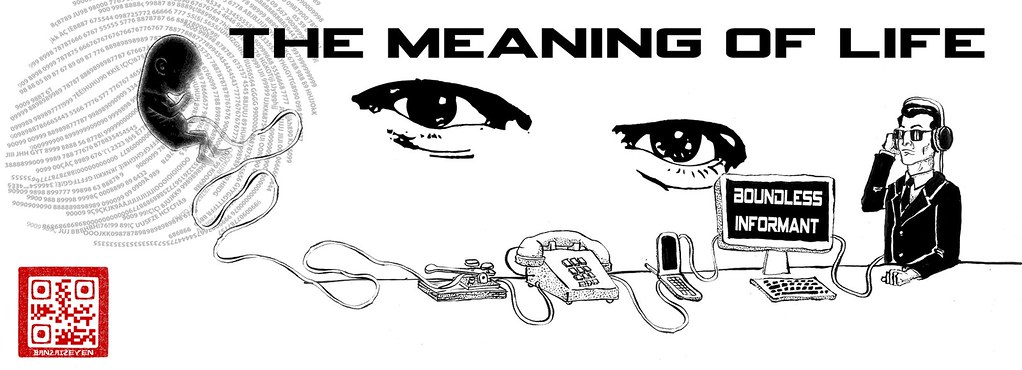Just days ahead of the most-anticipated IPO of the year, and despite the constant calming language from the mainstream media, as the WSJ notes, investors are stampeding into initial public offerings at the fastest clip since the financial crisis, fueling a frenzy in the shares of newly listed companies that echoes the technology-stock craze of the late 1990s. October was the busiest month for U.S.-listed IPOs since 2007, and while ‘everyone’ is convinced that the Twitter IPO will be different from Facebook, the early exuberant demand suggests otherwise:
- *TWITTER SEES IPO PRICE $23-$25, HAD SEEN $17-$20
So a 25% rise in the offering price perhas best contextualizes the comments of one broker: “When I hear intelligent investors asking me not which companies are good to invest in, but which IPOs can I get into, it scares the heck of me.”
But it’s not all rainbows and unicorns:
- TWITTER INC UPDATES RISK FACTOR IN IPO FILING; TWITTER RECENTLY GOT LETTER FROM IBM ALLEGING THAT CO INFRINGE ON AT LEAST 3 US PATENTS HELD BY IBM
- TWITTER INC – PATENTS SPECIFICALLY IDENTIFIED BY IBM INCLUDED PATENT ON ‘METHOD FOR PRESENTING ADVERTISING IN AN INTERACTIVE SERVICE’ – SEC FILING
But of course, none of that matters – as the flow has to go somwehere, and the VC has to get paid…
October was the busiest month for U.S.-listed IPOs since 2007, with 33 companies raising more than $12 billion.
…
The rush to buy shares of newly public companies is the latest sign of investors’ thirst for assets with potential upside, at a time when relatively safe investments are generating scant income due to tepid economic growth and Federal Reserve policies that have kept a lid on U.S. interest rates.
Many of these companies aren’t profitable. But investors increasingly are willing to roll the dice, particularly on technology firms that they say have the potential to “disrupt” the industry.
…
So far this year, 61% of companies selling U.S.-listed IPOs have lost money in the 12 months preceding their debuts, according to Jay Ritter, professor of finance at the University of Florida. That is the highest percentage since 2000, the year the Nasdaq Composite Index roared to its all-time high of 5048.62.
…
Many IPOs this year have raised funds to pay back debt to private-equity owners rather than to invest in corporate expansion,
…
“These are good companies,” said John Bichelmeyer, co-manager of the $450 million Buffalo Emerging Opportunities Fund, the top small-cap growth mutual fund by three-year performance, according to Morningstar. “It’s just, you’re pricing in all the growth on day one.”
![]()
via Zero Hedge http://feedproxy.google.com/~r/zerohedge/feed/~3/QlruZHz9REI/story01.htm Tyler Durden























